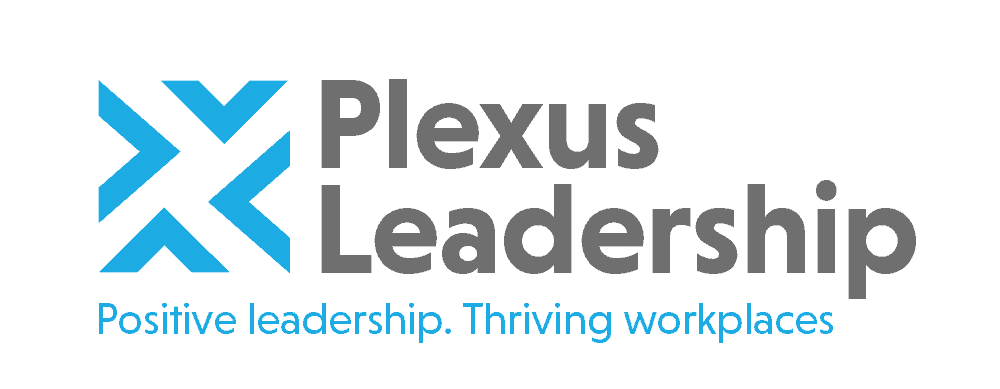Effective talent management needs to be measured and not just managed. As the old adage goes, “if you can’t measure it, you can’t manage it.” When it comes to measurement, there are a myriad of different metrics you can use, however, we propose starting with the following 4 which are arguably the most important for any start-up or fast-growing Tech business:
Cost of new hires
Hiring can be a very expensive exercise, especially if agencies are used to fill all vacancies so it is vital to measure how much new hires are costing the business. This enables you to decide where to invest your recruitment budget and how to attract better candidates. Glassdoor estimated that average cost to hire was £3000 in 20171 , but this is likely to be significantly more if the candidates you need have in-demand skills or are at a senior or managerial level.
Cost per hire is relatively straightforward to measure as it simply involves dividing the total hiring costs by the number of hires for any given time period. The total hiring costs should take account of external costs including job advertising costs, agency fees and pre-hire assessments while internal costs include referral bonuses, in-house recruiters and in-house systems such as an applicant tracking system.
The best ways to reduce cost per hire are to use less expensive hiring channels including referrals, job boards and Linked In and to consider total talent solutions such as outsourcing or offshoring work. As a quick win, I would strongly recommend a targeted and attractive referral reward program, as this can save a company a significant amount and often gives rise to better quality candidates.
Internal fill rate
This is, in my experience, one of the most important metrics for talent analytics. It measures the percentage of key roles (both managerial and non-managerial) filled by internal hires in a given period. For example, many top companies ranked in the “Best Companies to Work For” league tables aim for at least 80% of such positions to be filled from within the company. This is a crucial measure as it provides a good indication of your company’s success in retaining and developing top talent.
It is important to note that it isn’t always desirable to have more than 80% of roles being filled by internal candidates as it is usually important to bring fresh skills, perspectives and talent into the company to ensure homogeneity, conformity and in-group bias and favouritism doesn’t creep in.
Retention of key talent
Many growing companies fail to measure the retention of key talent. This is a grave mistake as this metric provides a way of tracking how successful you are at creating the type of work environment that attracts and motivates top-flight talent.
It is important to stress that this measure is different from a general turnover measure which looks at what percentage of the workforce are leaving in any given time period, typically each quarter or year.
While general turnover figures are important to track, retention of key talent is a much more targeted measure that looks at the turnover of your “A-players”, those who are likely to be the greatest contributors to your company’s success.
In addition to this metric, I would strongly suggest conducting “exit interviews” with all key people who resign to find out their reasons for leaving. This feedback together with engagement research (incl. focus groups, ongoing dialogue and engagement surveys) will provide HR and management with a good basis for making improvements to engagement and retention.
Idea conversation rate
In order for Tech companies to succeed in increasingly competitive, fast-paced markets, they need to create the type of work environment where people feel willing to openly share their ideas to improve products, processes and teamwork.
However, in our experience, very few companies track the number of business improvement ideas they get from employees together with the adoption of these by the company. This is a great shame as these metrics provide a good indication of the levels of innovation, involvement and engagement of the workforce.
To get the most from their people, every Tech business would benefit from putting in place a talent scorecard comprising key goals and measures based on those outlined above. This will improve the company’s ability to attract, retain, develop and optimize its talent and enable it to achieve the highest possible return from its investment in people.
1Glassdoor Economic Research (2017): How Long Does It Take to Hire?
Other Posts

About the Author
James Brook
Founder and MD | Leadership Consultant | Organizational Psychologist
James is a leadership consultant, organizational psychologist and executive coach. He has over 25 years’ experience working with leaders, teams and organizations globally to optimize their performance, talent and future success. He specializes in positive leadership, thriving workplaces, collaboration and influencing, organizational change and transformation, accelerating innovation and coaching executives and leaders in innovative sectors including Tech, Digital, E-commerce and Life Sciences.
Before setting up Plexus Leadership, James held leadership roles in HR and Talent Management in the UK and abroad with companies such as NatWest, Yahoo! and Novo Nordisk Pharmaceuticals. After this, he founded and led several talent and leadership consulting and assessment businesses, including Strengthscope®, an online strengths assessment and development business serving a wide range of UK and global clients. James grew this venture into a global market leader before selling the business in 2018.
James has supported, advised and coached leaders and teams globally across diverse industries and geographies. Clients he has worked with include Allen & Overy, Commvault, Equinor, Facebook, GSK, Hilton, John Lewis, Novartis Pharmaceuticals, NHS, Oracle, Sainsbury’s, Swiss Re, Tesco, Takeda Pharmaceuticals, WSP and Yahoo!.
James has a Master’s in Organizational Psychology, an MBA, an Advanced Diploma in Executive Coaching and a Harvard Business qualification in Sustainable Business Strategy. He is a member of the Institute of Directors, the Association of Business Psychologists and a Fellow of the Chartered Institute of Personnel and Development (FCIPD). He is currently undertaking a PhD in Organizational Psychology examining the start-up experiences of Tech and Digital entrepreneurs.
James is a regular contributor and speaker on leadership, coaching, innovative talent management and the future of work. His most recent book, Optimize Your Strengths, explores how leaders can create thriving workplaces by inspiring and supporting people to optimize their potential and teamwork to deliver breakthrough results.





